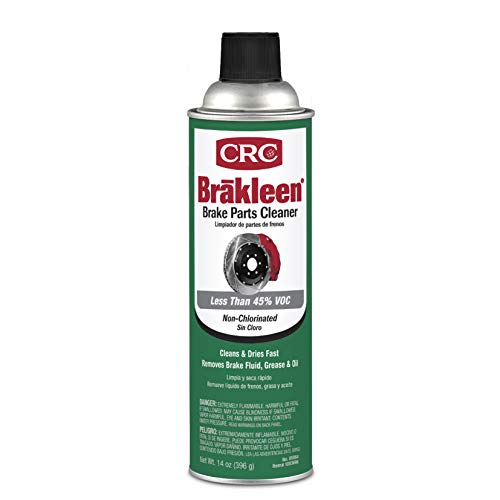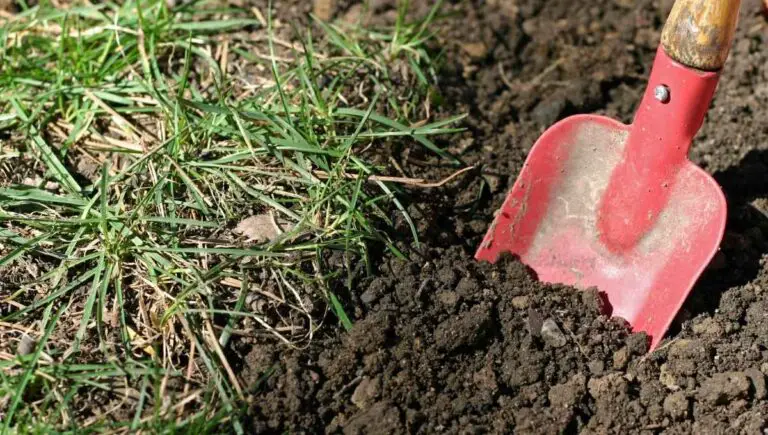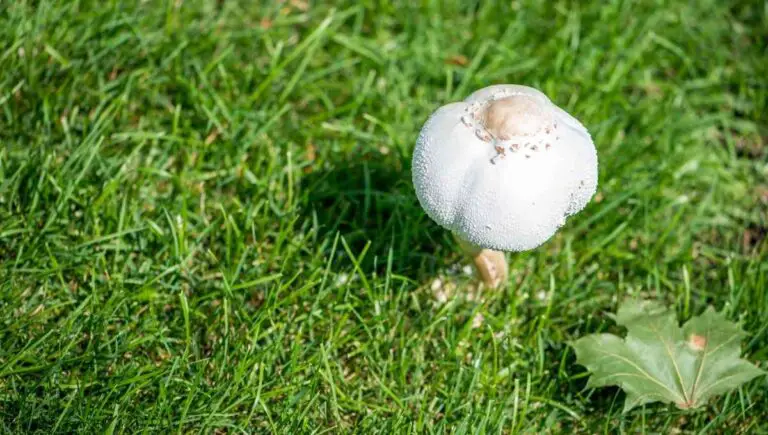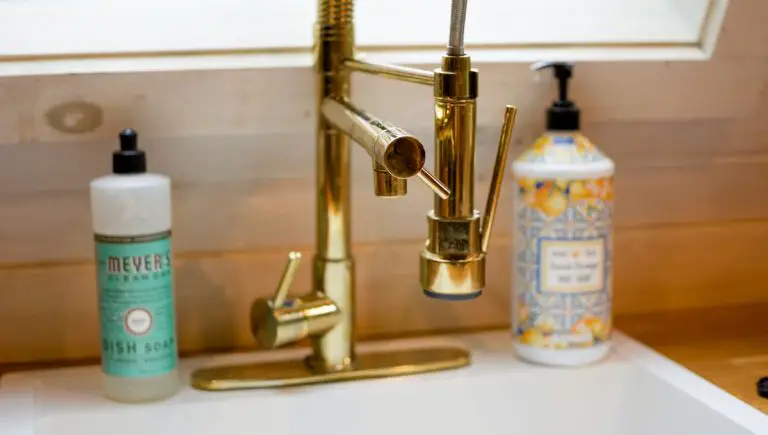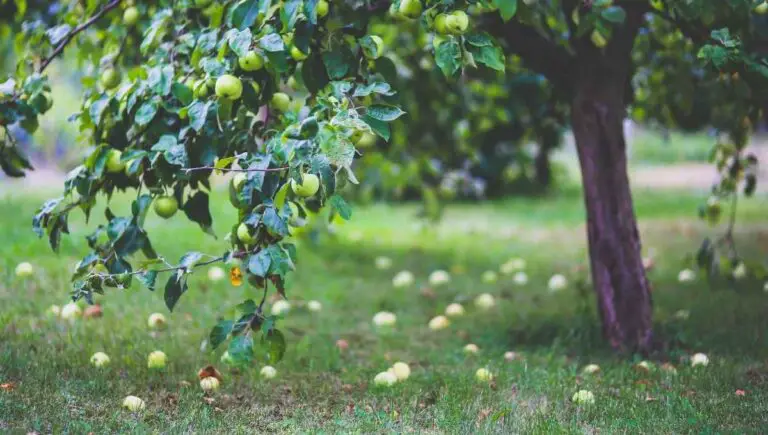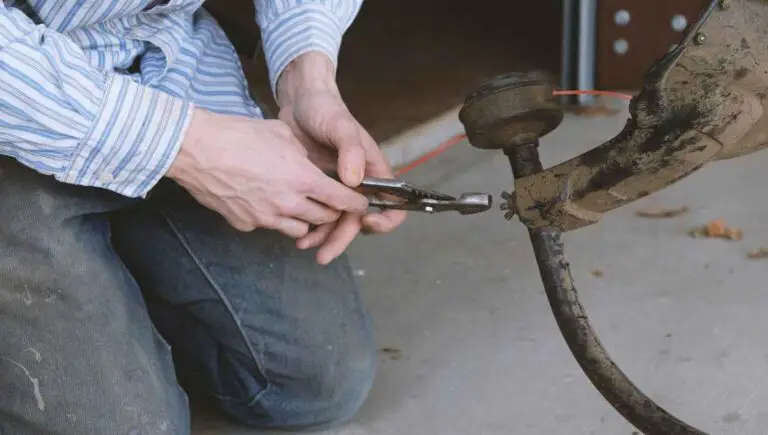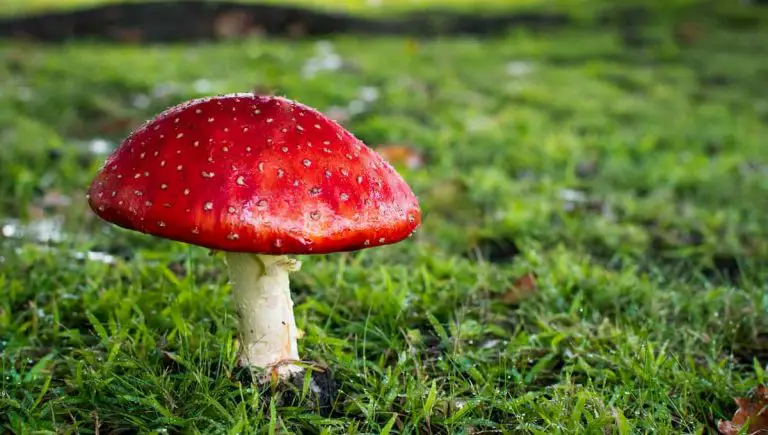Can a Weed Eater Get Wet? (Keeping Your Equipment Safe)

If you’ve ever used a weed eater, then you know how important it is to keep the equipment dry. But what happens if you accidentally get your weed eater wet? Can it still be used? And if so, how do you protect it from damage?
Weed eaters should avoid moisture as much as possible. Small amounts of water won’t harm your weed eater, but it’s best to keep them dry if possible. Weed eaters are not designed to handle moisture, so it’s best to store them indoors when you’re done using them.
Leaving your weed eater outside through the night is also a big no-no, as long-term exposure to dew can also damage your weed eater. In this article, we’ll discuss maintaining, cleaning, and properly storing your weed eater.
This post contains affiliate links from Amazon and other stores. This means Yard Blogger may earn a commission if you make a purchase using any of our links. Please refer to our full affiliate disclosure policy for full details.
Here’s a Quick Pro Tip!
Proper storage and maintenance of your weed eater are essential to increase longevity. Weed eaters can only tolerate a certain amount of moisture before they start to defect, so these are our picks to prevent moisture damage.
Our top picks from Amazon to keep your weed eater safe from water and other potential issues:
1. Weed Eater Cover – Essential if you have to store your weed eater outdoors.
2. Shed – Perfect for lots with no storage space to keep your weed eater and other tools safe.
3. Degreasing wipes – Perfect to use to clean dirt and debris off the outside of your weed eater.
Wet Weed Eaters
Weed eaters are not designed to be waterproof or water-resistant, meaning, ideally, they should not get wet. Of course, a few drops of rain won’t break the machine, but let’s discuss what moisture does to a weed eater.
Can a Weed Eater Be Exposed to Water?
Weed eaters are not waterproof, although they won’t break immediately when it comes into contact with water. So if it starts to rain while you are weed-eating, you should get the weed eater to a dry environment as soon as possible.
If you’re working with a weed eater that uses a metal blade, it will start to rust and eventually might break. If you have string attachments, rust would not be a problem. However, corrosion might.
My Battery-Powered Weed Eater Got Wet?
Battery-powered weed eaters are not waterproof or water resistant. In addition, it can damage the machine’s mechanical parts, including the battery, if it gets wet. So you should keep a close eye on your weed trimmer.
If you notice anything strange after it has been wet, like a strange sound or slower spinning strings, you should take your weed eater in for maintenance.
Many professionals could take your weed eater apart and assess the machine for any damage.
My Gas Weed Eater Got Wet?
If your gas weed eater gets wet, you should dry it immediately and attempt to start the engine. Gas weed eaters are not waterproof, and water could cause problems with the combustion process of a gas-powered engine.
If there is enough water damage, the engine might not start, or you will hear misfires. If your engine fails to start, you must take the whole machine apart to clean and dry it out before attempting to start it again.
Is It Okay to Use My Weed Eater After I Left It Out in the Rain?
You should not use your weed eater after leaving it in the rain. Weed eaters are not waterproof or even water resistant. Therefore, there is a good chance that the water has damaged your weed eater.
Wait until the whole machine is completely dry. Then, you can attempt to start the engine, but if you notice unusual misfires or if it’s not starting at all, you can assume the engine has water damage.
This is particularly the case for an electric weed eater.
Rain
If you’ve ever attempted weed-eating in the rain, you probably ended up being frustrated. Furthermore, you might notice damage to your weed eater sooner rather than later.
So let’s discuss why it’s a bad idea to weed-eat in the rain.
Can I Use My Weed Eater in the Rain?
You should never attempt to do any lawn care in the rain, especially not weed-eating. The machine is not designed to be waterproof, so you’ll likely damage the machine and its engine.
Wet grass is also extremely slippery, so the chances of falling are much higher while it’s raining. Falling while weed-eating can cause serious injuries to you or anyone nearby.
Rather wait for the sun to peek out again before reaching for the weed eater.
You might also enjoy our post on If Weed Eaters Need Oil
Can I Use a Battery-Powered Weed Eater in the Rain?
A battery-powered weed eater can handle a little moisture, but you should not use it in the rain. If it gets a little wet, take it indoors immediately and dry it off as best as possible. If you act quickly, your weed eater should not be significantly damaged.
Allow your weed eater sufficient time to dry completely. We recommend waiting at least 24 hours before attempting to start it again.
Moisture puts added pressure on the engine and can potentially shorten the engine’s lifespan.
Should I Use My Weed Eater While It’s Raining Out?
You should not use your weed eater while it is raining outside. Weed eaters are not water resistant and can get damaged from moisture exposure. The metal components of your weed eater will also start to rust or corrode after a while.
Wait until the rain stops, and your grass is dry before turning on the weed eater.
Weed-eating wet grass is very frustrating as the cut will never be even, the grass will clog your weed eater, and your lawn won’t have an even cut.
Can Weed Eaters Get Rained On?
Weed eaters should not get rained on. If it starts to rain, you should move your weed eater under a shelter to protect it from moisture damage. Rust and corrosion are big problems, especially as weed eaters get older.
You should never store your weed eater outside where it is exposed to the elements. If you are weed-eating and it starts to rain, you should immediately stop and go indoors.
The engine might short-circuit when exposed to water.
Is It Safe to Weed-Eat in the Rain?
It is unsafe to weed-eat in the rain, no matter what fuel source your weed eater uses. Electric, gas, or battery-operated weed eaters are not designed to be used in rain or wet conditions.
Exposure to too much water will most likely short out the engine or cause other damage to your machine.
In addition, weed eaters are not designed to be waterproof or water-resistant, so it is not safe to weed eat in the rain.
Can You Weed Eat in Rain?
You should never weed-eat in the rain as it can cause many problems to your machine. Weed eaters are susceptible to rust and corrosion when exposed to a lot of moisture.
When it rains, and the grass gets wet, your weed eater will struggle to cut the grass.
You might notice clumps of grass or uneven cuts because the machine is not designed to cut wet grass. Rather wait until the rain passes.
Wet Grass
Most mornings, you probably wake up with dew on your grass. This can mess with your plans of lawn care for the day. However, you should avoid weed-eating wet grass. Let’s dive into the specifics.
How Do You Trim Wet Grass Without Clogging Your Equipment?
Wet grass tends to clump and clog your weed eater, so you would need to stop every few minutes or so to remove grass clumps from the machine. String trimmers tend to cause less clogging than metal trimmers.
However, there is no way to prevent clogging altogether. To prevent clogging as much as possible, start weed-eating slower than you normally would and stop every few minutes to remove the clogged grass.
These should be enough to prevent your whole machine from getting clogged.
Can You Weed Whack After It Rains?
You can weed whack after it rains with a battery-powered or gas-powered weed whacker, but it’s not advised to weed whack with an electric-powered weed whacker as electricity and water generally do not mix well.
You should be careful when weed-whacking wet grass regardless of your fuel source. There is a higher risk of slipping, falling, and injuring yourself.
Your machine can also get clogged very easily with wet grass. You would need to remove clumps every few minutes.
Is It Okay to Weed-Eat Wet Grass?
Some risks are related to weed-eating wet grass, although it’s not considered extremely dangerous. If your machine uses an electric cord, you should make sure that the cord is weatherproof.
A common issue with weed-eating wet grass is that the machine gets clogged by the clumps of wet grass. Considering the extra time and effort to weed-eat wet grass, we recommend waiting until the grass is dry.
Can I Use an Electric Weed Eater on Wet Grass?
Using an electric weed eater on wet grass might cause the engine to short out or be damaged. It’s not likely to shock you as a weed eater is not conductive of electricity, but you might damage it beyond repair.
An electric weed eater also needs to use a weatherproof electric extension cord.
Weed-eating in wet conditions can also increase the stress on the motor of your weed eater, so it would be better to wait until the grass is dry.
Cleaning Your Weed Eater
Maintenance and a proper cleaning routine are very important. You should routinely check that everything is working as it should.
In this section, we’ll explain how you can clean your weed eater from home.
Can You Wash a Weed Eater?
You must clean and maintain your weed eater to ensure it runs properly. This also makes weed maintenance a lot more efficient around your yard. You should clean your weed eater at least once every few months.
Steps to clean your weed eater:
- Disconnect the power source, whether you have a battery, electric, or gas-powered weed eater.
- Brush off all the dirt and debris stuck outside the weed eater. You could use some soap and water to scrub off tough dirt.
- Remove the cover placed over the filter and then remove the filter. You can also you soap and water to clean the filter and rinse it afterward. Make sure your filter is dry before placing it back in the machine.
- Clean your spark arrestor with a carbon cleaner and a wire brush.
- If your weed eater uses gasoline, you would need to clean the spark plug with brake cleaner. If your spark plug is black, it is a good indicator to replace it with a new one.
How Do You Clean a Weed Eater Battery?
To clean a battery-powered weed eater, you should first remove the battery and then start to scrub off any dirt or debris on the machine. You won’t be cleaning the actual battery, only the machine.
After removing the battery and cleaning the outside, you should clean the inside components with a brush and water. Scrub any dirt off, and be careful to dry anything you wash.
You should not place wet components back into the weed eater.
Can You Wash an Electric Weed Eater?
You can clean an electric weed eater, but ideally, you should not use water. Alternatively, you could use a damp cloth or a stiff brush to remove tough dirt. You should disconnect the power source before cleaning.
For hard-to-reach areas, you could use cotton swabs covered in machine oil to clean them.
Most importantly, your whole machine should be dry, inside and out, before plugging in the power source again.
Your weed eater is not conductive, so it won’t shock you, but if moisture is trapped inside, it could damage the motor.
You might also enjoy our post on Are Outdoor Outlets Safe in Rain?
Related Questions
Can I Weed Whack While It’s Windy?
There is no explicit rule against weed whacking in windy conditions, but it could cause a lot of frustration as the grass will fly all over your lawn. In addition, if you have windows open, they could also fly into your house.
Avoid weed-whacking in the wind just to save yourself some frustration. However, if you have no other time to do lawn care, go ahead.
Just expect grass all over your and your neighbor’s property and pool.
Best Way to Trim Wet Grass?
The best way to trim wet grass is to move slowly and deliberately. Wet grass forms clumps that will get stuck in your weed eater or lawnmower, so you should also stop and check for clogs every few minutes.
It’s never advised to trim wet grass. If you can, you should wait for the grass to dry out. If you need to trim your wet lawn, make sure you use a powerful string trimmer.
Weaker trimmers would not be able to cut wet grass at all.
Can You Use an Edger on Wet Grass?
Technically you can use an edger on wet grass, although it might be a big mess in the end. Wet grass is tougher than dry grass as they clump together. So you might have an overall less sharp edge.
Some professionals claim that there is a lot less mess when they edge wet grass, but this depends entirely on the soil of your lawn.
If you constantly have mud pools when it rains, we recommend waiting until the grass is dry before you edge your lawn.
Final Thoughts
Most people own or are planning to own a weed eater. Knowing what is good for your equipment and what is not is important.
Moisture falls into the “not good” category. We hope you found this article informative for future weed eater care. Stay dry!




